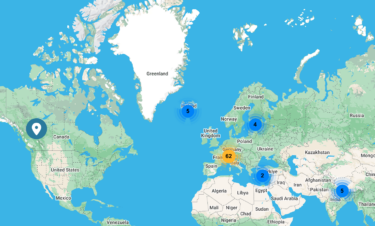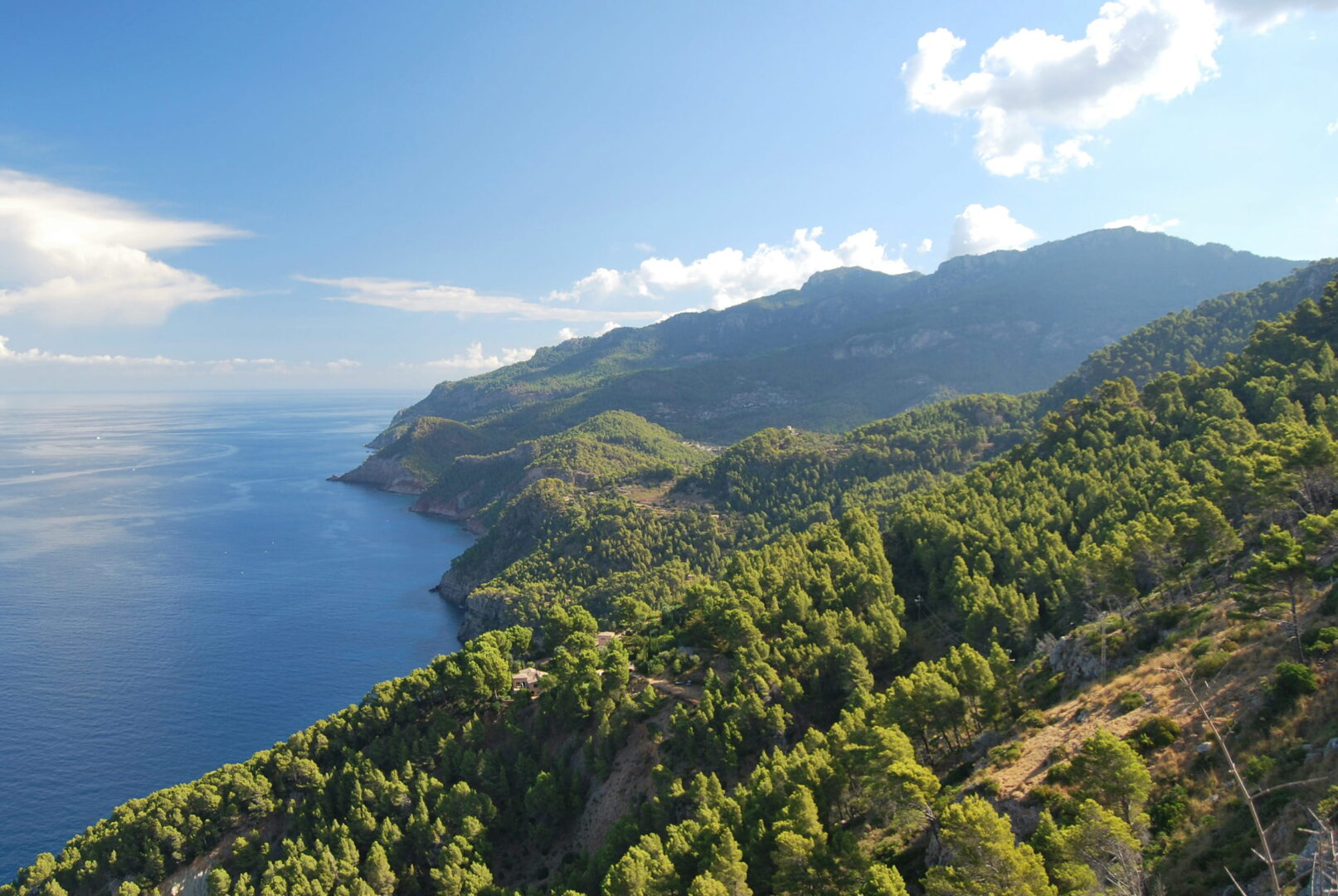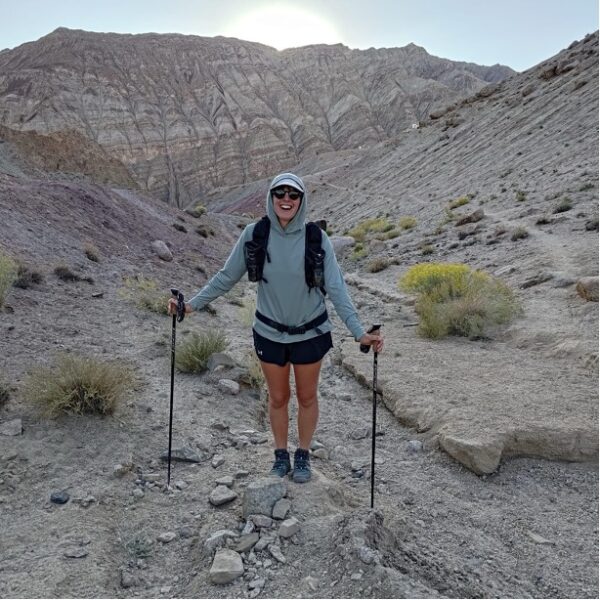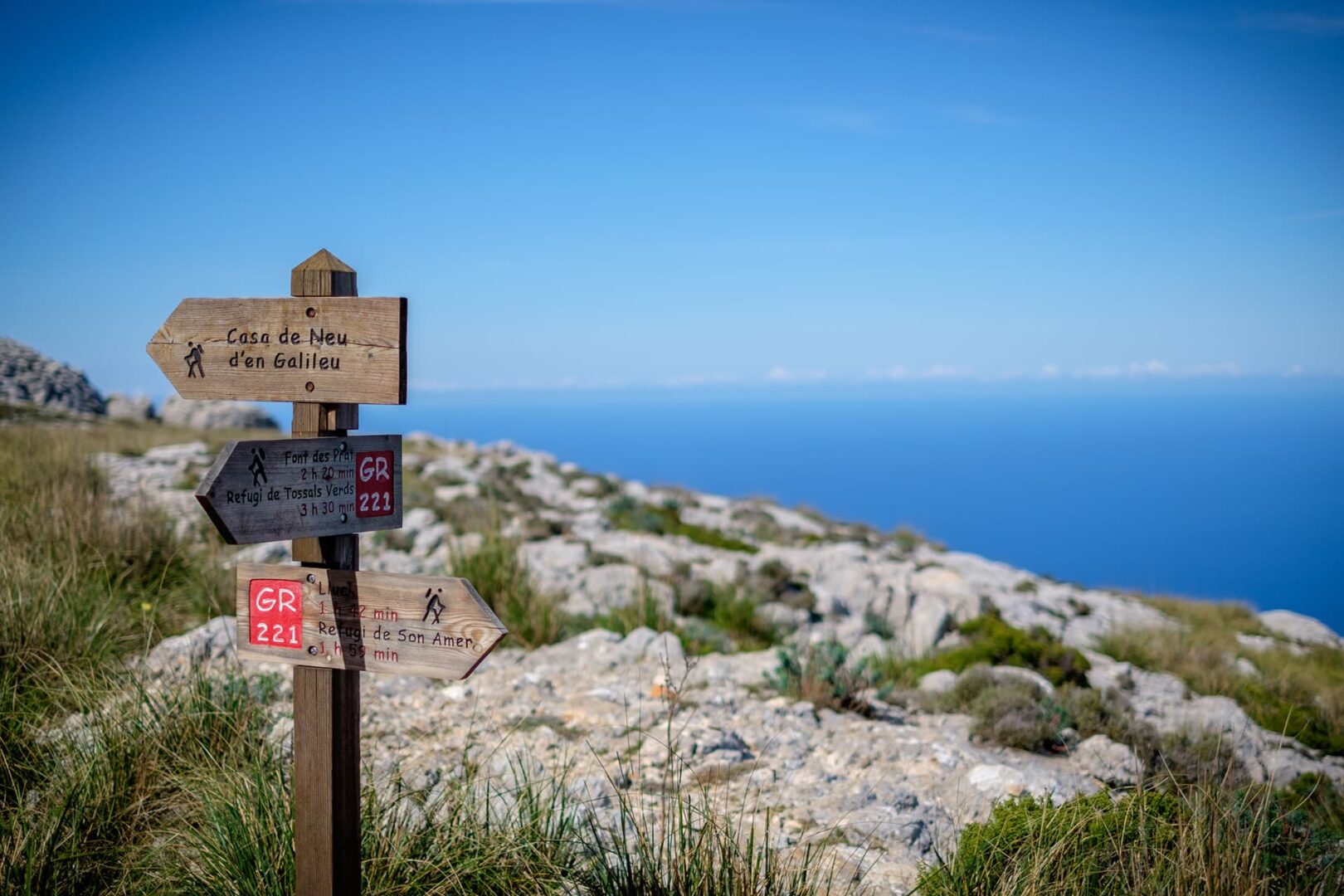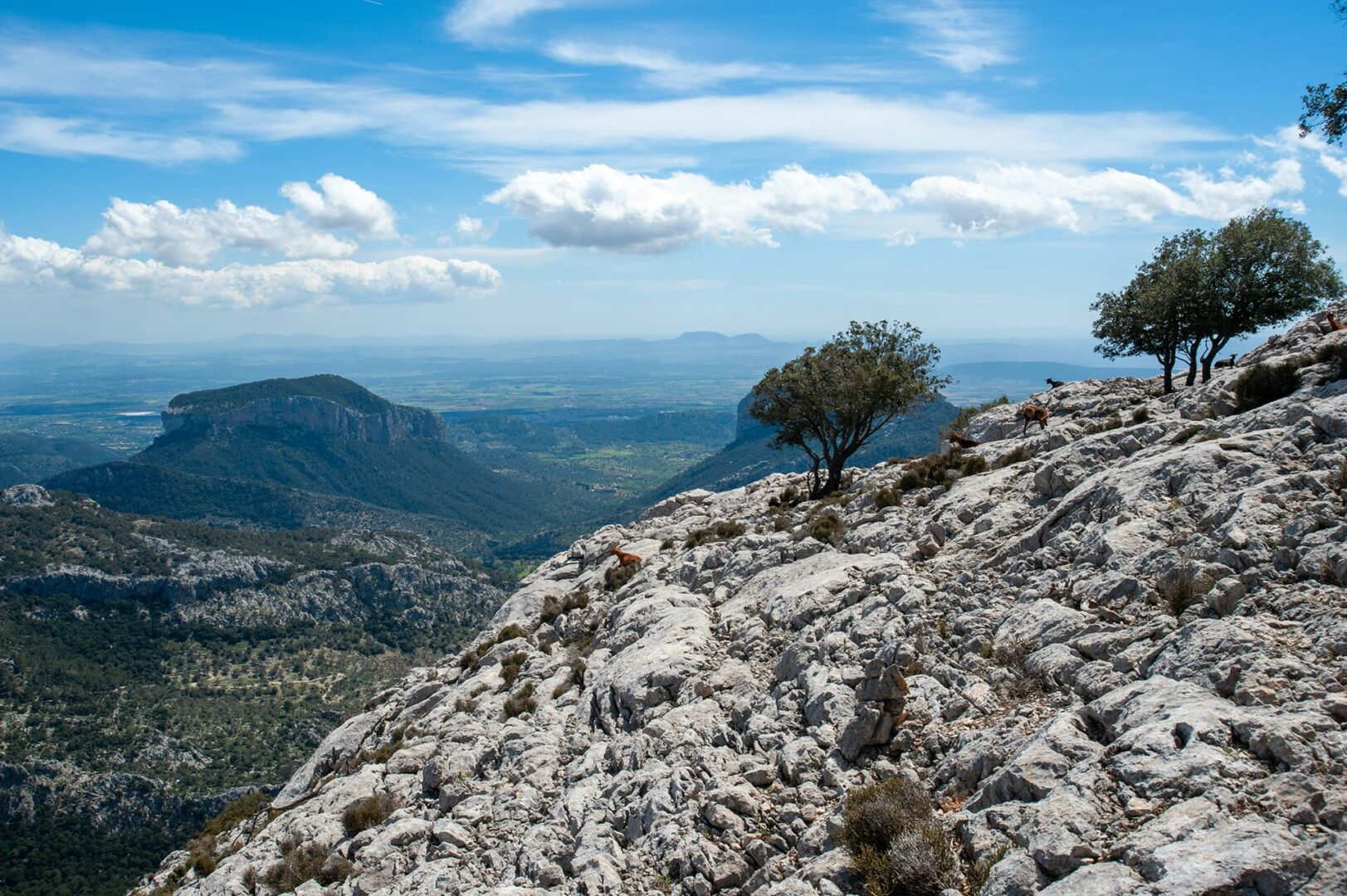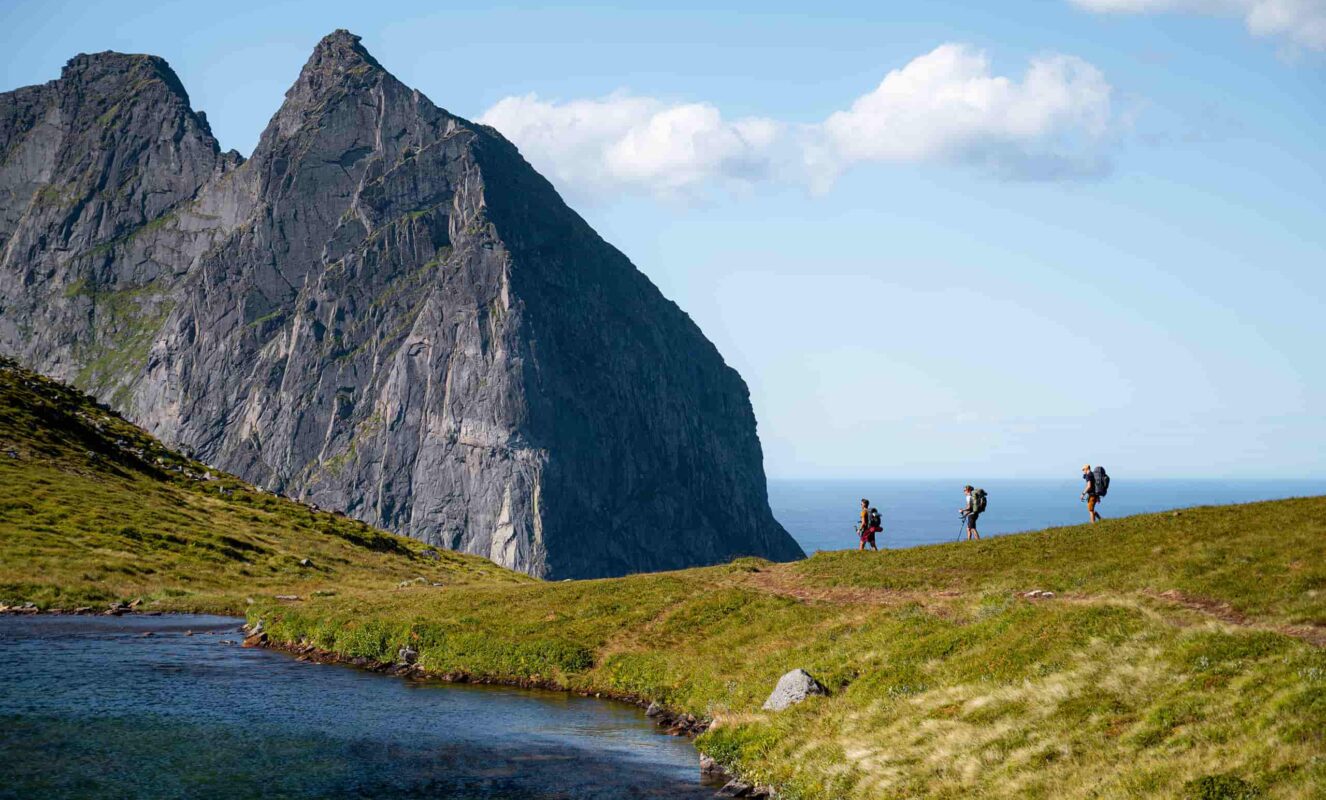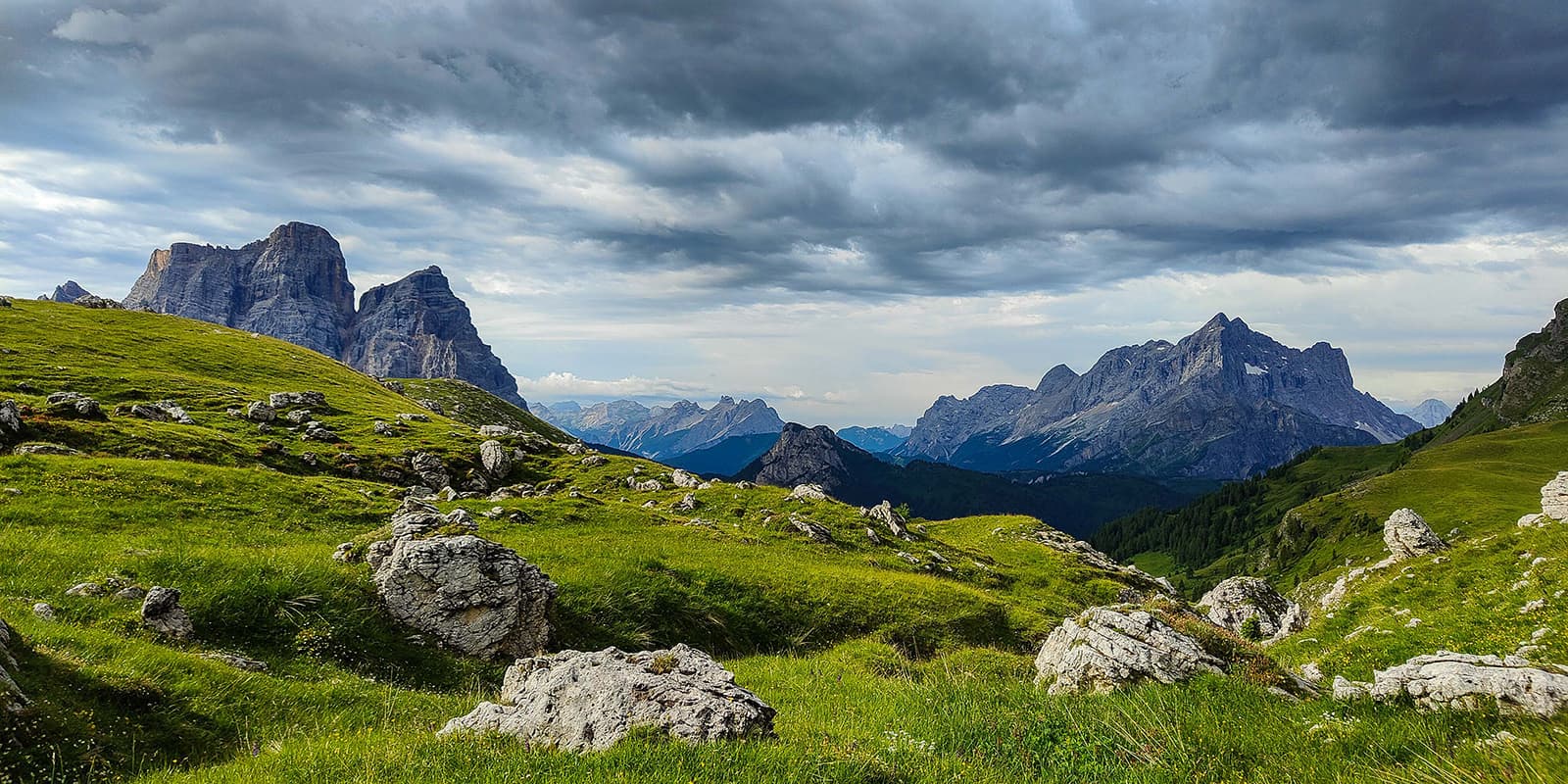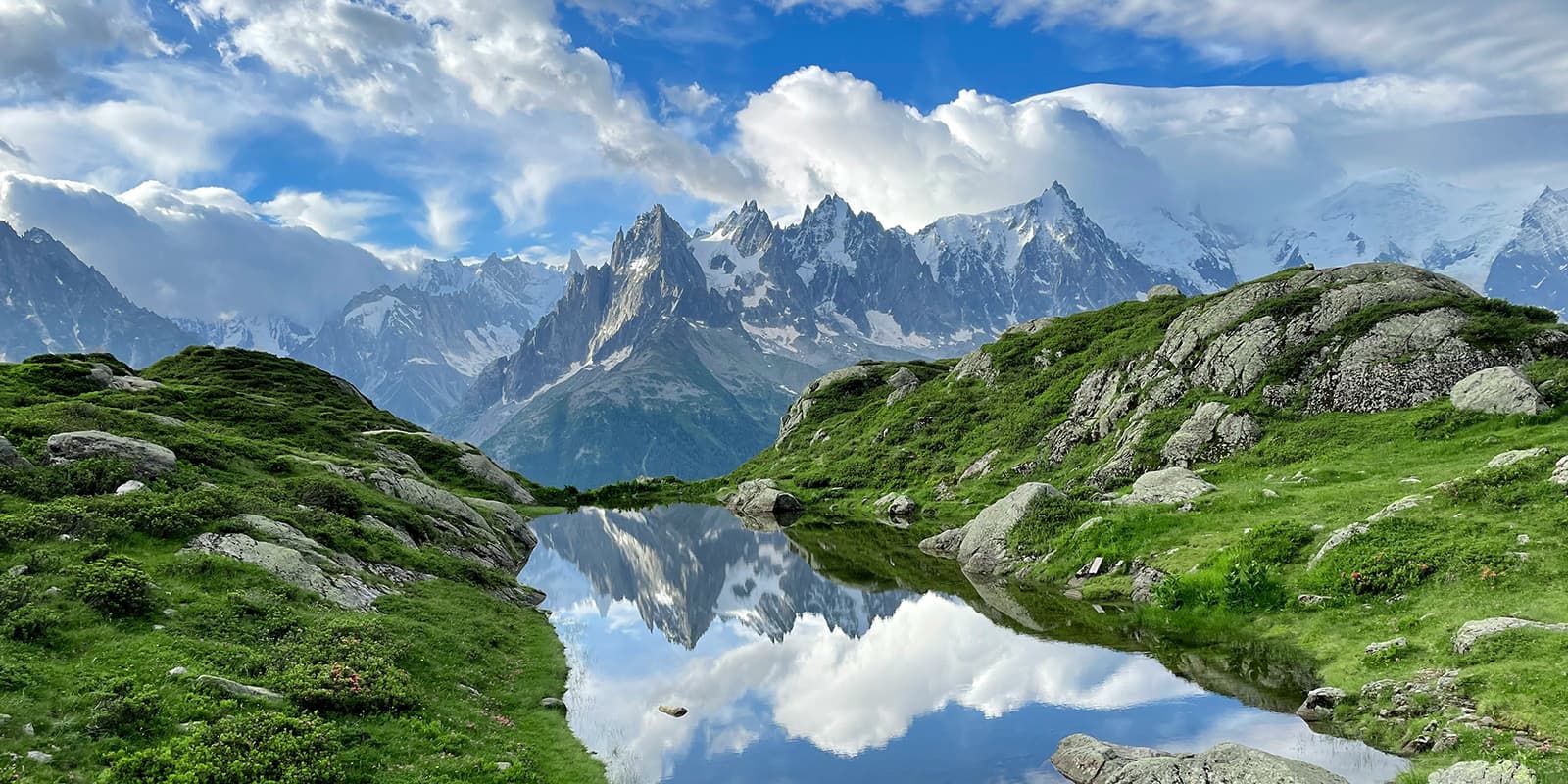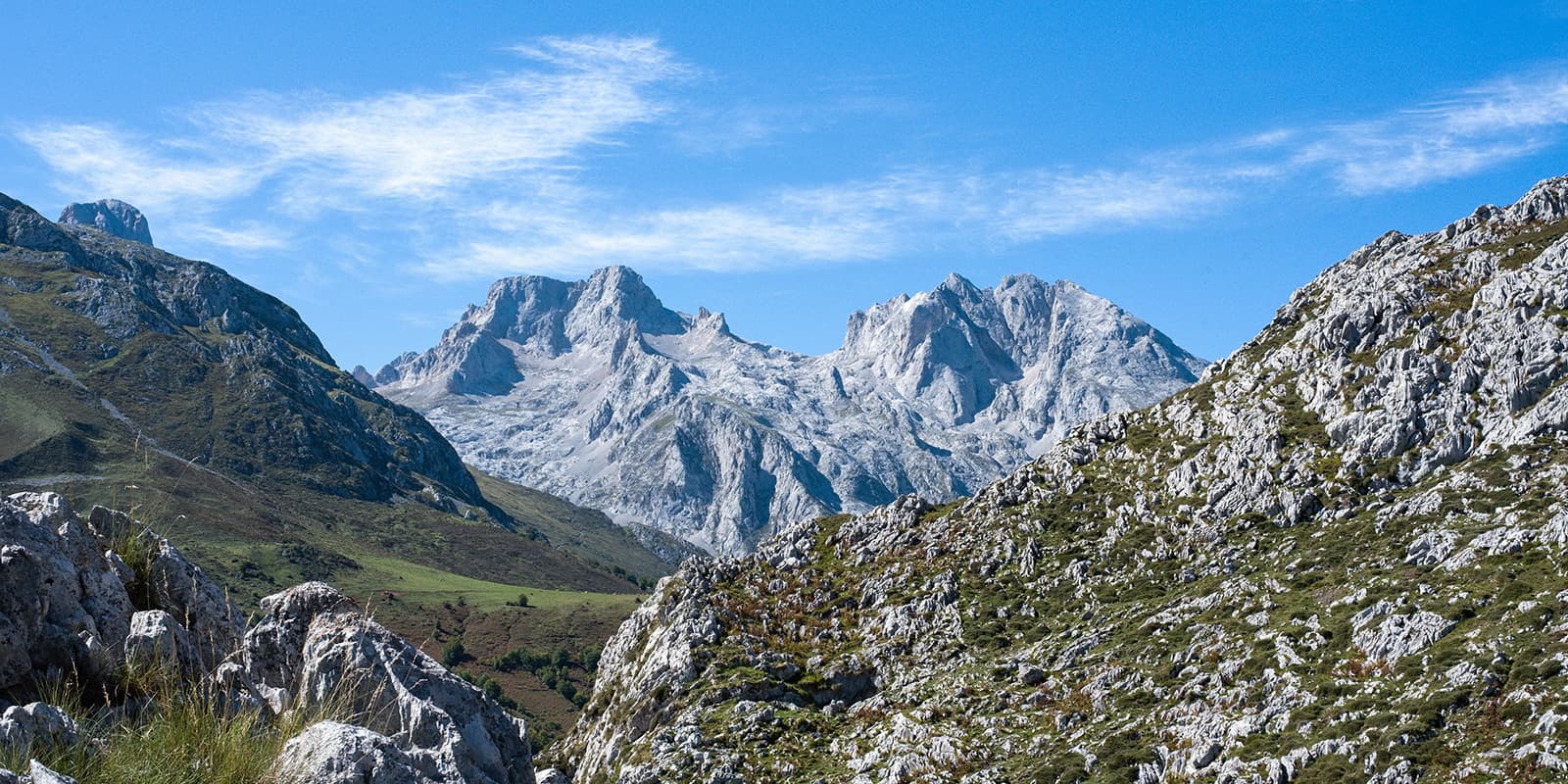Accessing the trailheads is relatively straightforward. From Palma, you can take a direct bus to Port d’Andratx, which takes around an hour. Once you’ve finished in Pollença, the bus back to Palma is equally simple and takes around an hour and a half.
Many sections of the trail pass through private land where livestock roam, be mindful to close any gates you go through and leave no trace.
A guidebook, and paper or digital map will be helpful for the unmarked sections. The timings on the signpost indicating distances aren’t very accurate, check maps for realistic distances.
Water isn’t easily found other than in the towns or at the mountain refugis, be sure to carry enough with you between water points as there are few, if any, natural water sources along the way. Since the infrastructure for accommodation (often offering meals) and shops is good across the island, you can pack light and need only purchase food for 1 or 2 days before or after the respective stage if you prefer to cook for yourself.
The rocky terrain can be tough underfoot and requires mindful placement. Walking poles are recommended. Each section of the GR221 Mallorca can be accessible as a day hike for those interested in breaking it up as the trail passes through numerous towns and intersects many roads.
There aren’t any official start or finish signs to mark the trail in Port d’Andratx or Port De Pollença, the only telling symbol is that you’ve reached the sea. Note that the final few kilometers between Pollença and Port De Pollença are along a very straight, busy highway, which many skip by taking a bus.


